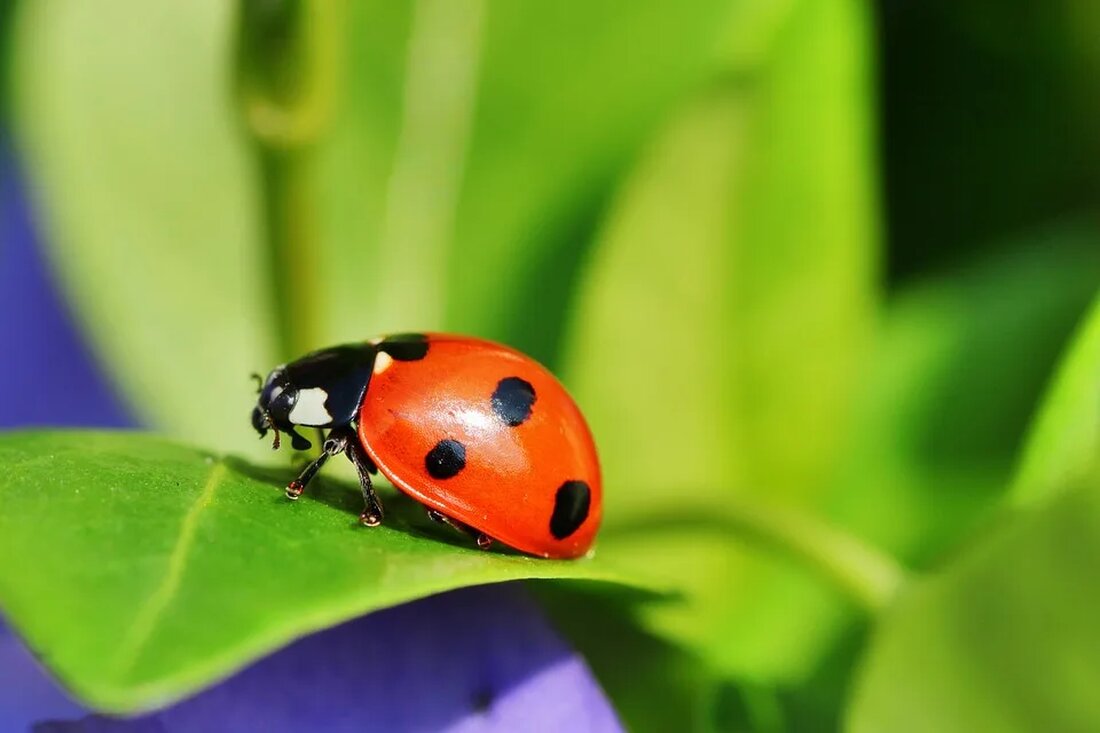Species extinction and its consequences
Species extinction is an issue that has become increasingly urgent in recent decades. According to experts, we are losing thousands of animal and plant species every year - a development that has devastating consequences for our ecosystem and therefore also for humanity. This article examines the problem, its causes and consequences, and possible solutions to stop species extinction. What does species extinction mean? Extinction, sometimes referred to as species loss, is the process by which animal or plant species disappear forever. This condition is usually final: once extinct, a species cannot be brought back. Anthropogenic Species Extinction The current mass extinction on Earth is...

Species extinction and its consequences
Species extinction is an issue that has become increasingly urgent in recent decades. According to experts, we are losing thousands of animal and plant species every year - a development that has devastating consequences for our ecosystem and therefore also for humanity. This article examines the problem, its causes and consequences, and possible solutions to stop species extinction.
What does species extinction mean?
Extinction, sometimes referred to as species loss, is the process by which animal or plant species disappear forever. This condition is usually final: once extinct, a species cannot be brought back.
Anthropogenic species extinction
The current mass extinction on Earth is characterized by the fact that it is largely caused by human activities. That's why scientists call it an "anthropogenic" or "man-made" extinction event. These primarily include habitat destruction through agriculture and urbanization, pollution, climate change and excessive use of resources such as overfishing and poaching.
The speed of species extinction
According to various studies, the current extinction rate of species is between 100 and 1,000 times higher than the natural, evolution-driven "background" rate of extinction. Some experts even estimate that the speed could actually be even faster.
The role of man
The role of humans in species extinction should not be underestimated. Through our activities we have changed the planet and its inhabitants, often in ways that leave no room for certain species. We have cleared forests, diverted rivers, overfished oceans and warmed our planet through greenhouse gas emissions – all of which have massive impacts on the survival of species.
Consequences of species extinction
The effects of species extinction are far-reaching and have profound consequences for life on Earth.
Loss of biodiversity
One of the most tangible results of species extinction is the loss of biological diversity. Biodiversity is an indicator of the health of our planet and provides us with many benefits, from food and medicine supplies to stable weather and climate moderation.
Destabilization of ecosystems
By losing species we are destabilizing our ecosystems. Each species plays a role in its ecosystem - it can be an important predator, a food source, a pollinator or a decomposer. If one species disappears, it can trigger a domino effect that affects the entire ecosystem.
Loss of ecosystem services
Many species we are losing provide valuable “ecosystem services.” These can be material services such as food or medicine, but also less obvious services such as pollination of plants, control of pests or provision of oxygen by photosynthesizing organisms.
Solutions to the extinction of species
To combat species extinction, we need to take multiple approaches.
Protection of habitats
One of the most effective ways to combat species extinction is to protect habitats. By establishing nature reserves and limiting human activity in these areas, we can ensure species have safe places to live and reproduce.
Sustainable use of resources
Another important approach is to make our consumption of resources more sustainable. We must find ways to meet our needs without endangering biodiversity. This includes activities such as sustainable agriculture and fishing, but also a general reduction in our ecological footprint.
Climate protection
Since climate change is one of the main causes of species extinction, climate protection is also an important aspect of the solution. By combating global warming and helping to stabilize temperatures, we can help many species survive.
Conclusion
Species extinction is both an ecological and a moral problem. The fact that we as a human species have such a profound impact on the survival of other species demands responsibility from us. But although the challenge is enormous, we also have the opportunity and the knowledge to make change. Together, we have the potential to correct our actions and work toward a viable, sustainable world where biodiversity and humanity can coexist.

 Suche
Suche
 Mein Konto
Mein Konto
